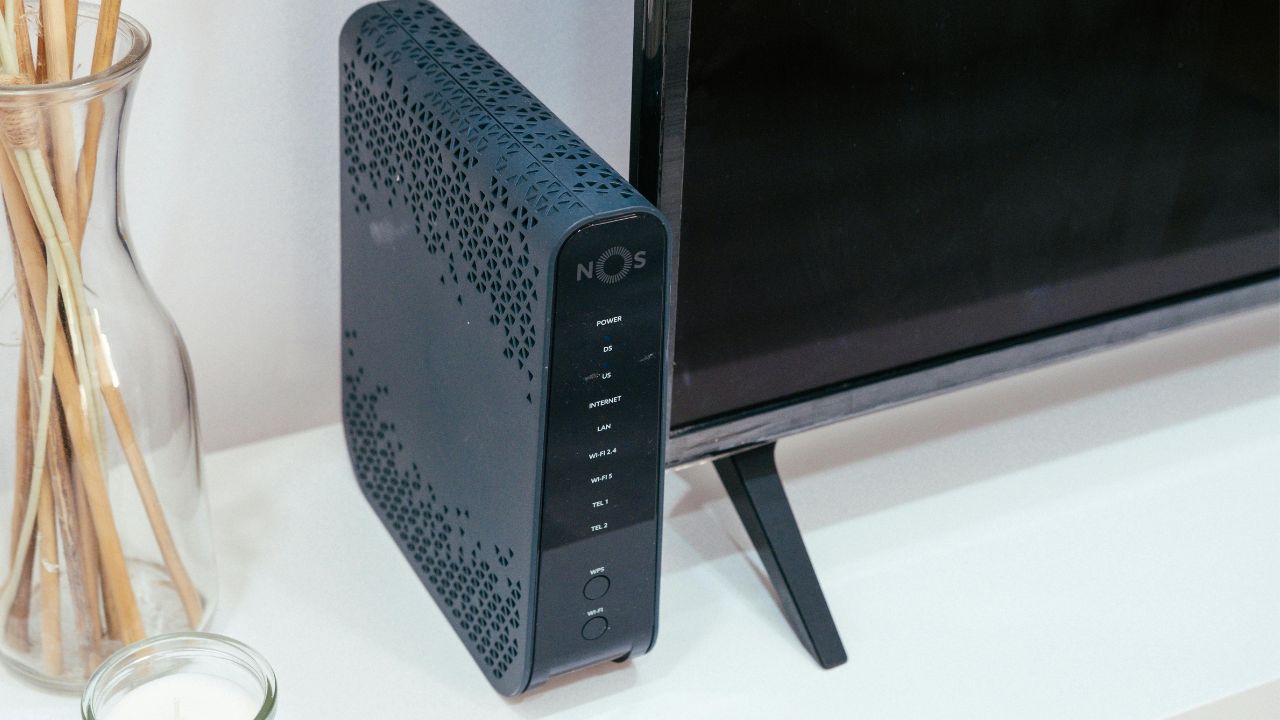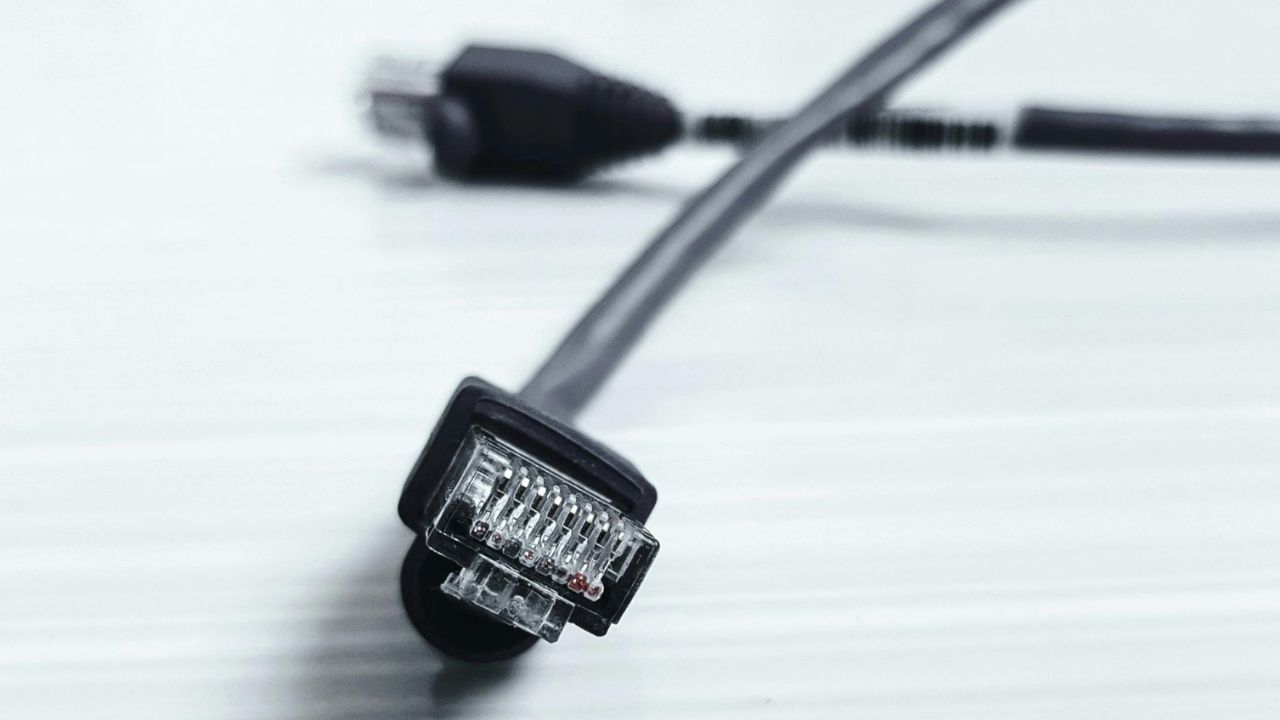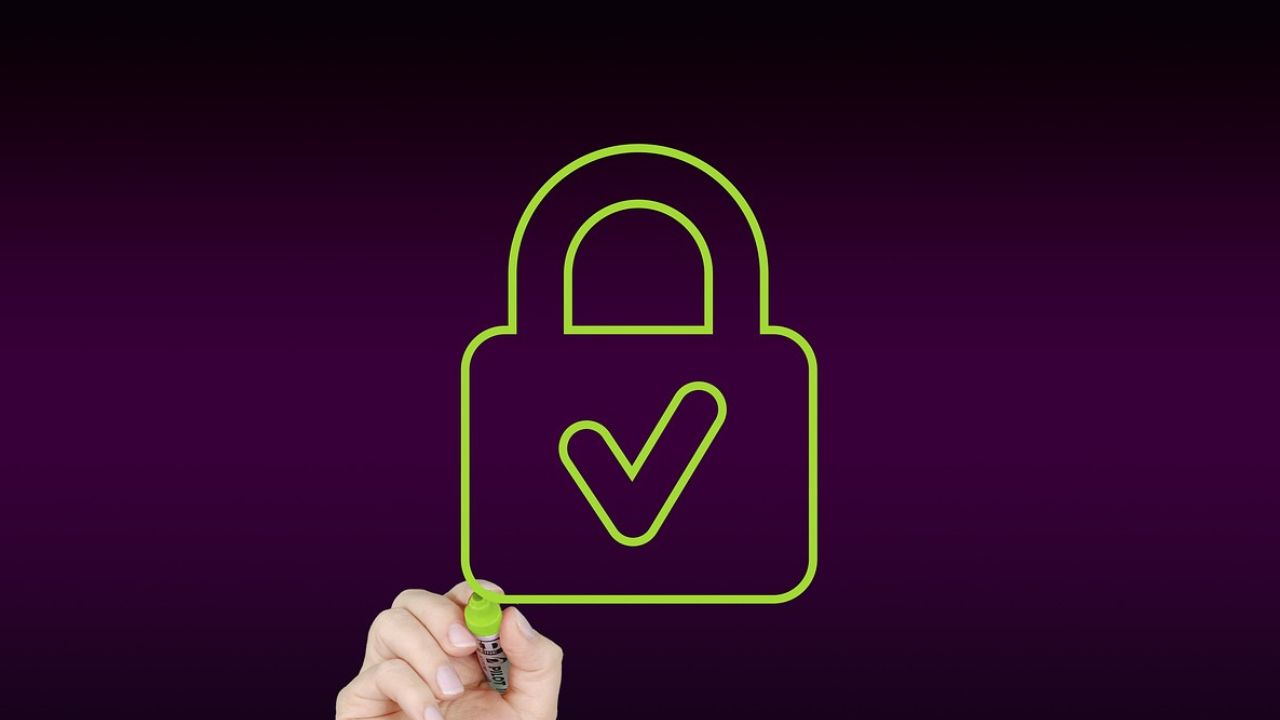With remote work becoming the norm, a reliable home network is more crucial than ever. Whether you’re video conferencing, streaming, or managing critical work tasks, a robust and secure home network is no longer a luxury but a necessity. A well-configured network ensures your devices stay connected and your online experience runs smoothly. Here’s how to set up a high-performance home network, understand the equipment you’ll need, and secure your connection.

1) Install your router and configure important settings
Start by placing your router in a central location within your home. The closer your device is to the router, the stronger and more reliable your Wi-Fi signal will be. For a wired network, connect a switch or Ethernet hub to an available power outlet using a high-quality Ethernet cable.
Once your router is installed, it’s time to configure the security settings. Find your router’s online setup page on the instructions, which are usually provided with the device or printed on the router itself. Key settings to change include renaming your network (SSID) and updating the network security key. Check our list of the top routers for best security here.

DON’T TOSS YOUR OLD INTERNET ROUTER UNTIL YOU DO THIS
2) Decide if you want a wired or wireless setup
When setting up your home network, you’ll need to choose between a wired or wireless configuration. Wired networks offer enhanced security and faster speeds, but wireless networks offer the convenience of connecting multiple devices without needing additional hardware.
Wired devices:
Use an RJ-45 network cable to link your device to the router or switch. Most modern routers support Gigabit Ethernet (1,000 Mbps). For performance, it’s best to use Cat5e, Cat6, or Cat6a cables between your devices and router.
- Cat5e supports gigabit speeds, but can struggle over long distances.
- Cat6 and Cat6a cables offer superior performance with speeds up to 10 Gbps. While Cat6 is adequate for most homes, Cat6a is ideal for longer distances or for homes with 10 Gbps devices. Cat6a cables are typically used in high-demand environments, like data centers or large offices.
Switches are essential for connecting multiple wired devices within your home network. They allow devices to communicate over a single Ethernet segment and can be cascaded to extend your network. There are two types of switches:
- Unmanaged switches: Affordable and straightforward, these typically offer basic features and come in 5- or 8-port configurations.
- Managed switches: Higher-priced but offer advanced features such as virtual LANs (VLANs), traffic segmentation, and even the ability to block traffic from specific devices.
Some switches also provide Power over Ethernet (PoE), which can power devices like access points (APs) or security cameras without needing a separate power outlet. This is particularly useful for devices in hard-to-reach areas.
Wireless devices:
To connect wireless devices, you’ll need a Wi-Fi-capable router or wireless access point (AP). Wi-Fi comes in different generations, such as Wi-Fi 5 and Wi-Fi 6. Make sure your devices and router are compatible with the latest Wi-Fi version. If needed, a USB adapter can help update your devices for compatibility.
Wireless networks operate on two primary bands:
- 2.4 GHz: Offers longer range, but with lower bandwidth. It’s ideal for devices like smart home gadgets that don’t require high-speed data.
- 5 GHz: Provides higher bandwidth and faster speeds, but has a shorter range. It’s perfect for devices like laptops and streaming devices that need fast, uninterrupted connectivity.
HOW TO SPEED UP YOUR WIFI AND INTERNET CONNECTION
3) Extend your network range
Both wired and wireless networks can experience connectivity issues if there are physical barriers or long distances between devices and the router. To expand the range of your network, consider these options:
- Ethernet cables: Ethernet cables can extend up to 100 meters. Adding a switch allows multiple devices to connect at different locations in your home. You can also use powerline adapters, which send your network signal through your home’s electrical wiring, enabling network access in rooms far from the router.
- Wireless repeaters: These devices extend the Wi-Fi signal by amplifying and retransmitting it.
- Mesh systems: A mesh network uses multiple nodes (router-like devices) that communicate with each other to create a seamless Wi-Fi network. They’re easy to set up and provide consistent coverage. Check out our top mesh networking winners here.

4) Secure your home network
Securing your home network is critical to maintain your privacy. Here are some best practices to follow:
- Change default passwords: Make sure to change the default passwords on all devices that control or access your network.
- Activate the firewall: This helps block unauthorized traffic and protects against potential threats.
- Minimize open ports: Routers use virtual ports for specific services, such as web traffic on port 80 or secure browsing on port 443. Opening only the necessary ports helps reduce vulnerabilities.
- Disable remote access: Turn off remote access to your router and cable modem unless absolutely necessary.
- Use WPA2 or WPA3 encryption: Always secure your wireless network with a strong password and WPA encryption to prevent unauthorized access.

HOW YOUR CONNECTED HOME DEVICES COULD BE LEAVING YOU EXPOSED
Kurt’s key takeaways
Setting up an optimal home network might seem complex, but with the right approach, it becomes a straightforward process that dramatically improves your digital experience. By understanding your network’s components, prioritizing security, and investing in quality equipment, you’ll create a reliable digital infrastructure that supports your work and lifestyle. Remember, a well-configured network is an investment in your productivity, entertainment, and peace of mind.
What other home technology topics would you like tips and tricks on? Let us know in the comments below.
TO GET MORE OF MY SECURITY ALERTS, SUBSCRIBE TO MY FREE CYBERGUY REPORT NEWSLETTER


